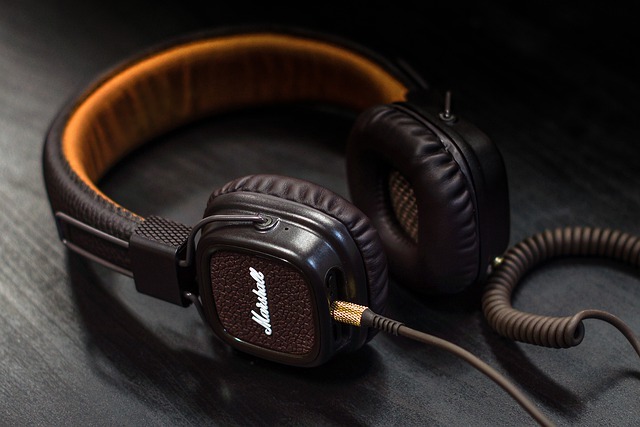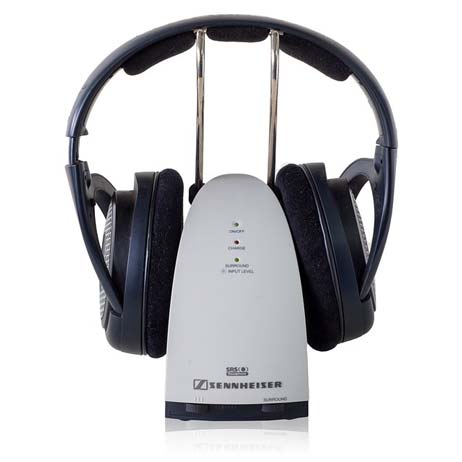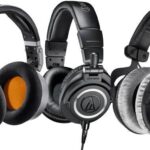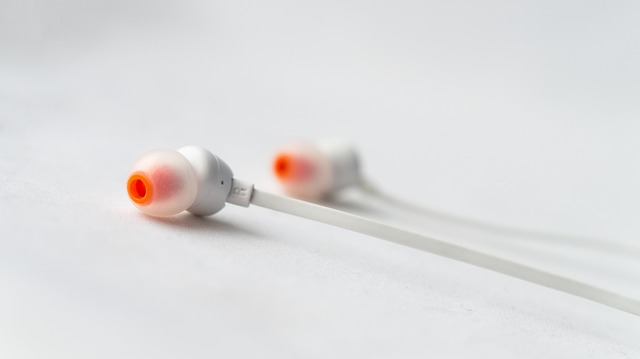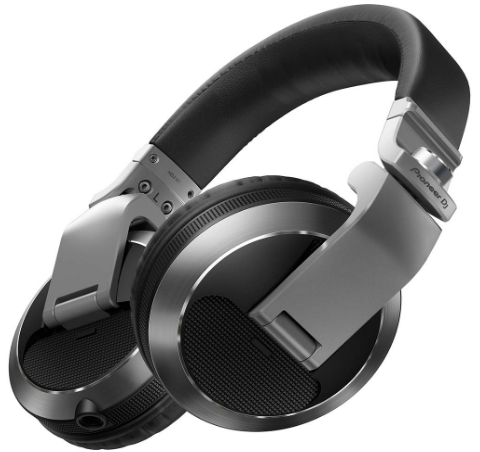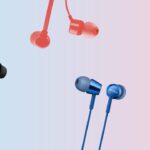The question of choosing best headphones for many music lovers remains difficult: what characteristics to pay attention to, which model is the most optimal, what price to focus on. In this article, we will talk about the basic rules for finding the perfect model for your ears.

How to Choose Best Headphones
Headphones are one of those gadgets that you should always have on hand. No matter if we prefer listening to music from a computer, radio or smartphone, good headphones will allow you to fully enjoy the good sound, cutting us off from the sounds of the environment. Even a high-quality piece of music played on the best player will not meet our expectations when we connect headphones of poor quality. Good headphones should not only generate clear and deep sound, but also isolate sounds well, so you won’t disturb other people while listening to music.
Below we have discussed some cure points which you must keep in mind before buying new headphones.
What headphones should I buy?
The choice of headphones, due to the wide range of types available in stores, is not the simplest. Each of the models offered by the manufacturers differs from each other in the type of sound, design, purpose, price, parameters, quality of workmanship and appearance. Which headphones should you choose to enjoy high-quality sound every time without the discomfort of tired ears? A guide on how to choose headphones and the latest headphone ranking can be found below.
General Classification
The modern market offers a huge variety of models of headphones of various shapes, configurations and specifications.
In shape:
- Droplets – inserts
- Vacuum with rubber nozzle (plugs)
- Monitor, covering the entire ear
- Headphones – earpads with various attachments to the auricle (staples, ear loops, etc.).
By the method of connecting to a music reproduction device:
- Wired with a working connector 2.5 (iPhone, iPod or iPad)
- Wireless, connected to the playback device via Bluetooth, infrared, radio wave connection.
Some models of headphones have their own base into which a USB flash drive with music is inserted or a connection is made to a computer, tablet via Wi-Fi or Bluetooth. Such a device is convenient for use at home.
Headphones can be adapted for telephone conversations: on such there is a microphone and a button for answering a call. This is the best solution for winter communication on the street and for car drivers, when you can’t use your hands to communicate.
True, in the latter case, wireless headsets in one ear are more often used, but they can also be used as a means to listen to your favorite music and Internet radio channels.
Specifications
Now about the numbers. On any package of headphones you can find various designations of characteristics that are not always clear. How to navigate them?
Frequency range, Hz
The frequency range tells how surround sound will be. The reproduction quality of acoustic shades depends on the membrane, which vibrates at different frequencies. It is believed that the higher it is, the better. But our ears are able to perceive only a certain range of vibrations, so it is optimal to choose the parameter 15 000 … 20 000 Hz.
In the characteristics of some branded headphones models there are other ranges, increased to a smaller or greater extent – this is marketing and no more. Your ears simply will not hear these sounds, although the manufacturer, most likely, is not deceiving and the device really matches the parameter.
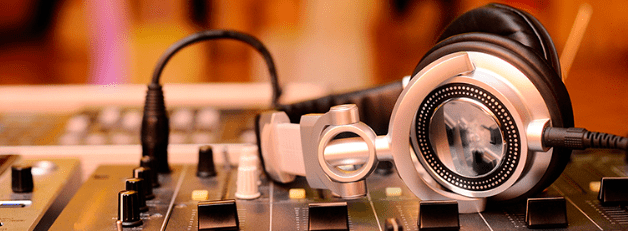
Power, mw
This parameter reflects the ability of the device to transmit sound from the source in full or in insufficient volume. The ideal situation is the resonance of the power of the headphones and the player. That is, for a phone, player, and computer, the listening device must be selected individually, taking into account the megawatt source and receiver units of the headphones.
A situation of dissonance in favor of the source should not be allowed – the working mechanism in your favorite droplets or gags will fly out after the first listening.
Headphone power is indicated on the package and is in the range of 1 … 5000 mW. A similar value should be indicated in the characteristics of the playback technique (tablet, phone, etc.).
Sensitivity
Do you like music louder? Choose headphones with a device sensitivity of about 100 dB, but no more – from intense volga and loud sound, your hearing quickly deteriorates, which leads to corresponding health problems.
Sensitivity determines the playback volume. The lower it is, the clearer the music and safer, the clearer its sound.
Impedance
Simply put – the resistance of the entire device, the parameter includes the work of both the sound reproducing device and the wires.
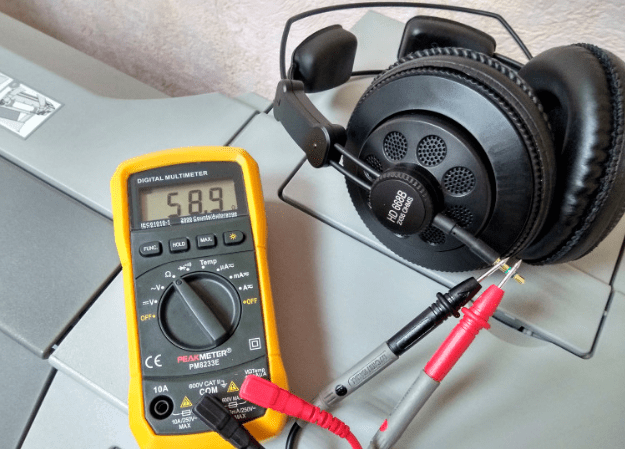
In order for the sound to reach the ear normally, it is necessary to select headphones, again, according to the characteristics of the source – its power must be sufficient. Recommended impedance:
- For phones, various players and computers, other mobile equipment, it is optimal to choose 16-80 Ohm headphones
- 200 … 300 Ohms are devices for working with professional equipment that produces high power at the output.
If you choose the impedance incorrectly, you won’t get a good sound: studio headphones with a phone, computer and player will sound quiet, and normal headphones in the studio will not be clear, you will need an additional amplifier.
Distortion
In pursuit of headphones that transmit sound exactly as it was in a recording studio or in a chamber orchestra, many music lovers are ready to turn mountains. And you just need to find out the amount of wave distortion – it should be indicated in the characteristics of the goods.
The sound is cleaner and more accurate, the lower the percentage of distortion. The ideal picture is 1-5%, more is cheaper, but it is also audibly different from the original.
How much do good headphones cost?
Good headphones are not cheap. As the quality of the generated sound increases, the price also increases. How much you pay for the best headphones for us depends also on the design, manufacturer or the parameters offered by the drivers. Price differences can also be seen for wireless and wired headphones. Those that connect via Bluetooth or WiFi are a bit more expensive, all thanks to additional modules and batteries installed in the ear pads.

